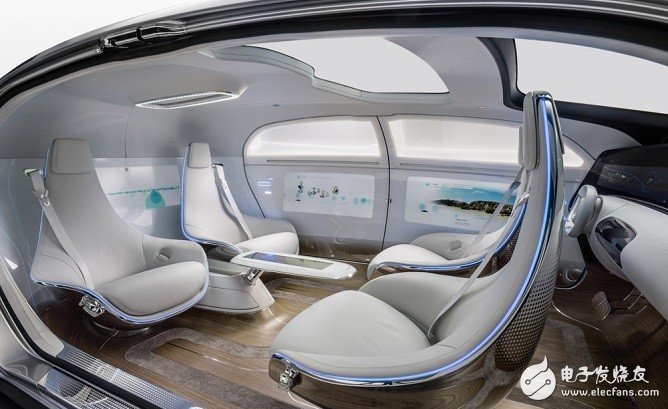Ford announced on Tuesday that it will test autonomous vehicles in Europe next year.
At the press conference, Thomas Lukaszewicz, head of Ford's European autonomous driving department, said the move was intended to study driving rules in different European countries. As we all know, the road regulations, layout and traffic signals of European countries are not the same. To ensure that the Ford Autopilot system is functioning in different countries, it must be tested locally.
This move revealed Ford's automatic driving ambitions. It is clear that Ford tested autopilot in the backyards of European car manufacturers such as Mercedes-Benz, Volkswagen, Volvo, and targeted the global market from the start.
The Ford Autopilot team currently has 30 test vehicles, and it plans to expand it to 100 vehicles next year, a full threefold increase. By then, Ford is likely to overtake Google and run the world's largest autopilot test fleet.
More importantly, Ford's automated driving commercialization has entered a countdown. By 2021, it planned to operate a self-driving taxi business in at least one city in the United States. In the taxi, Ford took the same plan as Google: no steering wheel, no brakes, pure electric drive, fully automatic driving.

Most automakers plan to launch autonomous vehicles in about five years. Don't be fooled, the degree of "auto-driving" is different - many do not support true driverless. Most manufacturers are actually planning to introduce "semi-automatic driving" products that can only be turned on in certain situations (such as highways). They are just an upgraded version of the regular car: the steering wheel and brakes don't disappear, and the driver can still step in at any time.
But the manufacturers represented by Ford and Google believe that this semi-automatic driving product has potential risks. Drivers are likely to become "lazy" and become more and more dependent on autonomous driving systems. As a result, even in an emergency, it is impossible to respond quickly and return to manual driving.
In this case, it is better to make a fully automatic product directly, just consider how to make it safe under all circumstances. Therefore, Ford needs to familiarize the autopilot system with various traffic rules.
However, Tesla, an industry star company, plans to launch a fully self-driving car that will drive from the US West Coast to the East Coast next year, in 2017. Is Ford a bit late?
Ken Washington, deputy director of Ford's senior R&D engineering division, said:
"We didn't intend to be the first to introduce autonomous vehicles, but we must choose the right direction. So, we will accumulate up to ten years of autonomous driving technology into uncontrolled full automatic driving. ""
The implication is that Ford is betting that "uncontrolled automatic driving is the future."
Small computer system interface (SCSI) is an independent processor standard for system level interfaces between computers and intelligent devices (hard disks, floppy drives, optical drives, printers, scanners, etc.). SCSI is an intelligent universal interface standard.
Small computer system interface (SCSI) is an independent processor standard used for system level interface between computer and intelligent devices (hard disk, floppy drive, optical drive, printer, scanner, etc.). SCSI is an intelligent universal interface standard
SDR+V.26 SCSI Section
ShenZhen Antenk Electronics Co,Ltd , https://www.antenk.com
